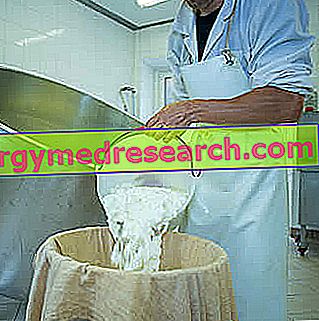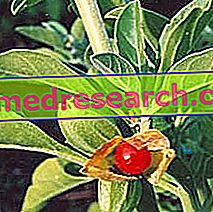Generality
What is Raschera?
Raschera is a mountain pasture cheese with raw, semi-fat and pressed, semi-hard and variable maturing (short or medium, at least one month), produced almost exclusively from cow's milk; in some rare cases it contains small amounts of goat's or sheep's milk.

The etymology of the term Raschera indicates a very specific area of the municipality of Magliano Alpi, in the province of Cuneo, situated on the slopes of Mount Mongioie (Maritime Alps).
Raschera cheese is not all the same; in addition to the intrinsic differences related to the producer, the pasture and the climatic condition, the disciplinary recognizes two different types of cheese:
- Raschera di alpeggio, produced and aged only in the municipalities located on the mountain pastures, such as Frabosa Soprana, Frabosa Sottana, Roburent, Roccaforte Mondovì, Pamparato, Ormea, Garessio and Magliano Alpi
- Raschera di Cuneo which, as the term says, is produced and matured throughout the provincial territory of the city.
Description
Description of Raschera
Raschera is a cheese with a white or ivory white texture, firm, elastic and characterized by a fine and inhomogeneous eye.
The shapes have variable dimensions (from 5 to 10 kg) and a circular or square section; the color of the heel and the crust varies between the intense yellow and the reddish (due to the development of molds during the aging in the underground rooms, called "saddles").
The organoleptic characteristics of Raschera change according to the seasoning, a process by which more complex taste facets are intensified and developed. The increase in seasoning and the greater percentage of sheep or goat milk contribute to the formation of the typical spicy taste.
Nutritional properties
Raschera nutritional characteristics
Raschera is a product that is part of the II fundamental group of foods (milk and derivatives). It contains mainly proteins, calcium, phosphorus and vitamin B2 (riboflavin).
Raschera is a cheese made from whole milk, therefore it has a fairly high lipid-caloric content; the less seasoned one, due to the greater concentration of water, is a little less energetic.
Raschera calories come mainly from lipids, followed by proteins and small amounts of carbohydrates. Fatty acids are mainly saturated, high biological value proteins (rich in essential amino acids) and simple carbohydrates (lactose). Fibers are absent and cholesterol is abundant.
The most important minerals are: calcium, phosphorus and sodium. As far as vitamins are concerned, the fat-soluble A (retinol or equivalent) and the water-soluble B2 (riboflavin) are especially present.
Due to the considerable caloric-lipid intake, Raschera should not be consumed frequently and in large portions by overweight subjects. Furthermore, the richness in fatty acids and cholesterol makes it unsuitable for nutritional therapy against hypercholesterolemia. Being also rich in sodium, it is advisable to limit it strongly in the diet of sodium-sensitive hypertensives. Even in the case of kidney disease, due to the abundance of minerals, the cheese may be inadequate to the circumstances.
Raschera contains small amounts of lactose, therefore it should not be consumed by the most sensitive intolerant. It is gluten-free.
The Raschera is not allowed by the vegan philosophy and, if produced with animal rennet, not even by the vegetarian one.
The average portion of Raschera (as a dish) is about 80 g.
Kitchen
Raschera gastronomic uses
Raschera is a cheese to be consumed mainly when cut and is less suitable for grating on pasta.
Added at the end of cooking, it is the essential ingredient of typical risotto and other vegetable based recipes; it is easily used also in meat dishes with a not too intense taste.
The most recommended oenological associations for Raschera are: Cerasuolo di Vittoria, Colli Piacentini Gutturnio, Dolcetto d'Alba, Riviera del Garda Bresciano rosso, Roero Rosso and Sangiovese di Romagna.
Production
Introduction to Raschera cheese production
The production of Raschera cheese can be summarized as follows:
- Milking: they are two, one in the evening and one in the morning (both for cows and for sheep and goats).
- Milk heating up to about 30 ° C.
- Adding liquid rennet and stirring.
- Rest for half an hour with the heat off, covering the container, to form the curd.
- Curd breaking and shaking.
- Collection of the curd separated from the whey and draining in special canvases.
- Placement of the curd in the cloths, inside the pitted shapes (bundles) on the sides for the drain
- After about 10 minutes, the bundles are opened and the curd is kneaded with your hands.
- Closing the bands and, under weight, draining for about 12 hours.
- Extraction and salting with coarse salt, leaving the first face in contact with the salt at least 24 hours and the second (together with the barefoot) even two days
- Seasoning on wooden boards, with periodic brushing, and in special rooms: mountain pasture saddles and underground cellars on the plain.



